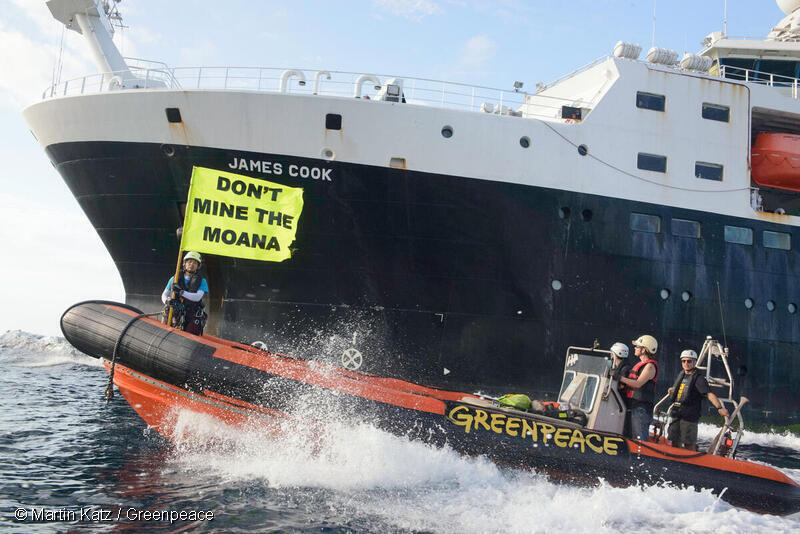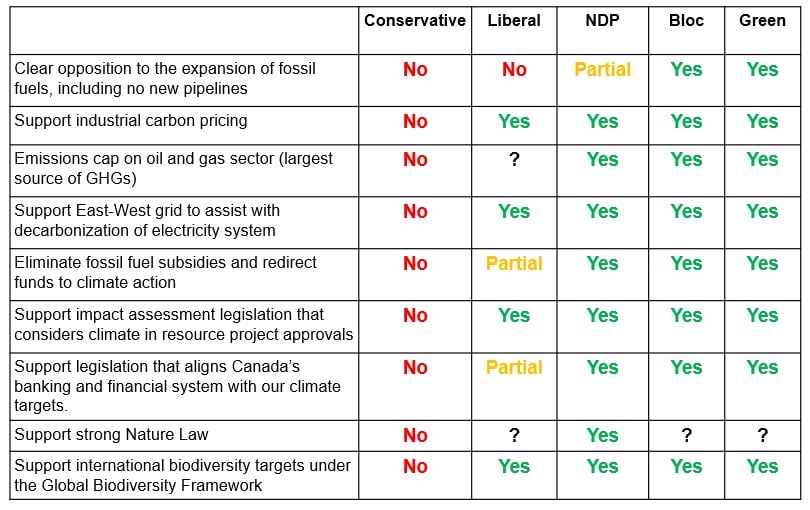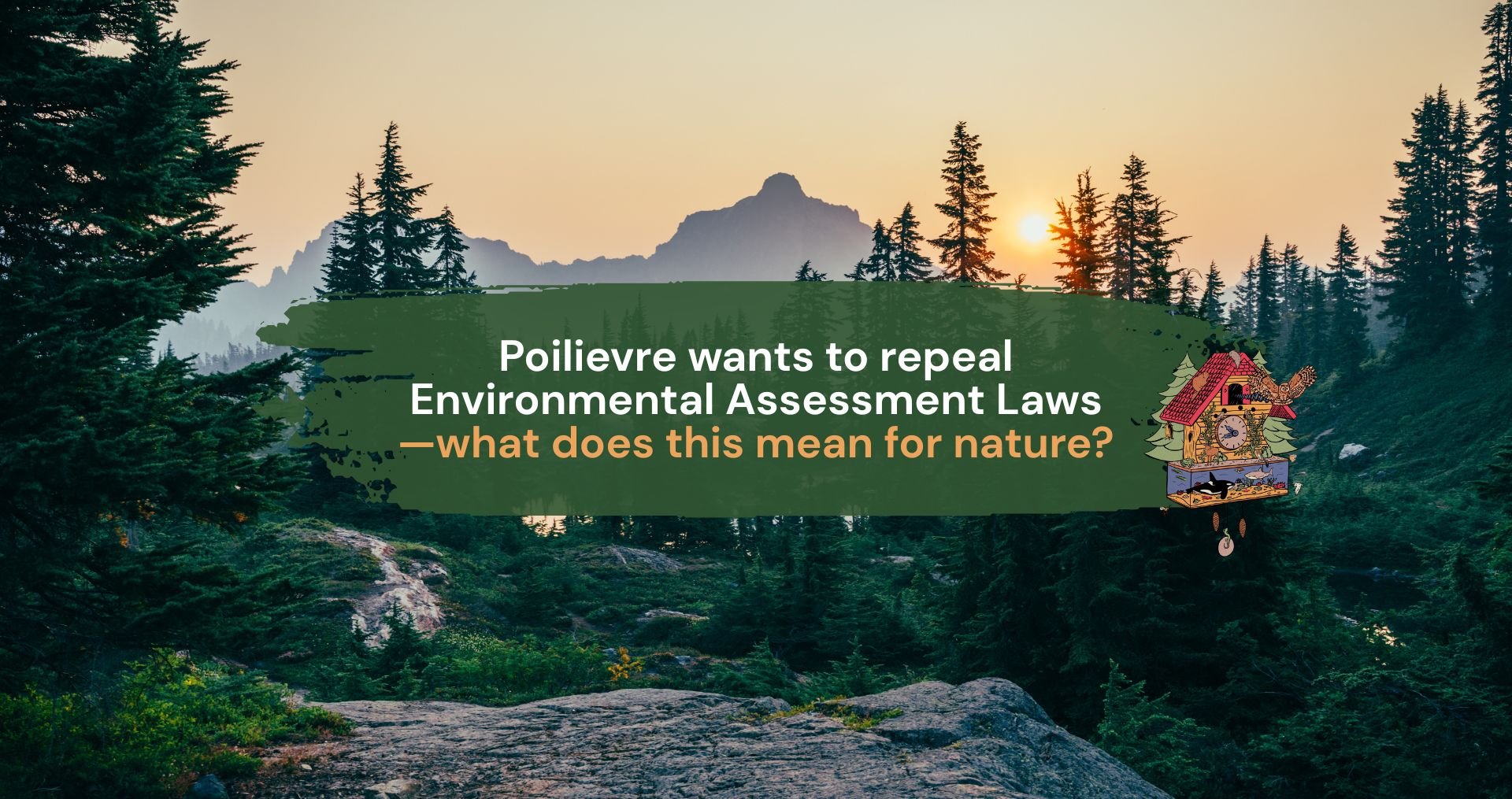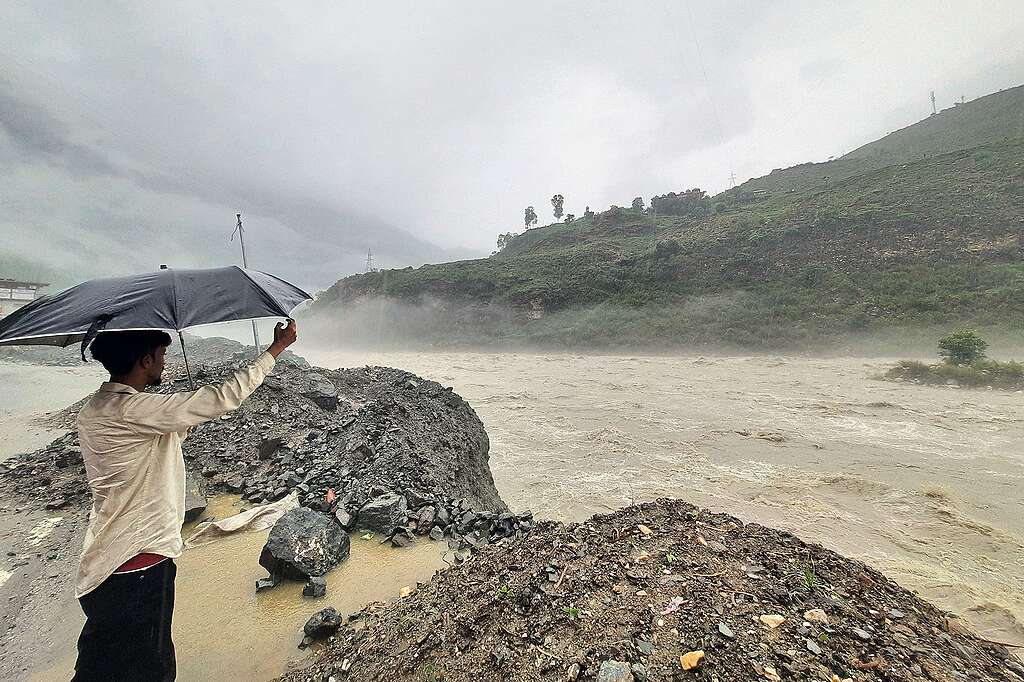
Original blog by Sudhanshu Malhotra, published by Greenpeace International.
We are in the middle of an extreme climate mess. This is what scientists warned us about for the last 50 years.
Our oceans are warming up and changing their colour due to climate change. Summers are getting hotter and hotter in many parts of the world, with temperatures reaching as high as 45C. And the increasingly dry conditions have fueled wildfire outbreaks in countries like Canada.
Furthermore, global warming has created a warmer atmosphere that holds more moisture, creating more deadly downpours. This high level of precipitation has led to floods and landslides, which recently impacted thousands of people across the globe including Japan, India, the USA and Brazil. We all witnessed the horrific devastation in Pakistan last year when one-third of the country was submerged underwater.
And there’s more! July also recorded the hottest-ever temperature since records began. Just to make matters worse, this is an El Niño year. El Niño (El Niño–Southern Oscillation, or ENSO) is the hot phase of a natural fluctuation in the Earth’s climate system.
Last year, China experienced a record-breaking heat wave, resulting in drought and disruption of power supply. This year’s heatwave arrived even earlier, resulting in a longer record-breaking heatwave threatening the country’s food security.
Unfortunately, this is just a sneak peek at the current situation worldwide. There will be more extreme weather events as the summer months continue.
Canada forest fire
Above-normal temperatures and increasingly dry conditions have fueled wildfire outbreaks across Canada since May, leading to the worst-ever start to the wildfire season. Hundreds of fires are currently burning throughout Canada.
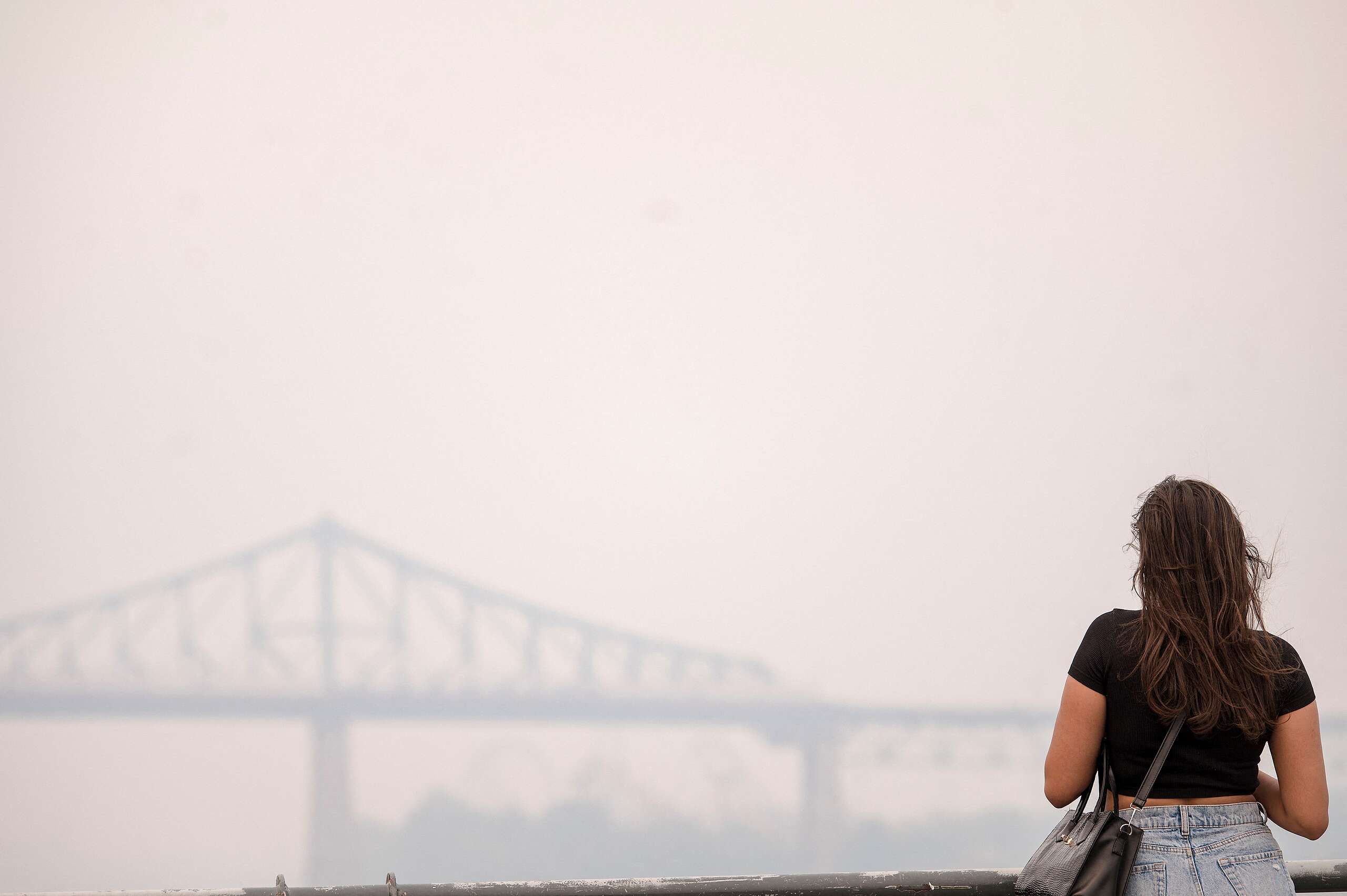
A woman looks at the Jacques-Cartier Bridge through the smoke caused by the wildfires in Northern Quebec in Montreal, Quebec, on June 25, 2023. According to IQ Air, Montreal had the worst air quality in the world. Environment Canada issued a Smog warning because of the smoke and discouraged exercise and spending too long outdoors. © ANDREJ IVANOV/AFP via Getty Images
Flooding in Spain
Streets in Spain’s north-eastern city of Zaragoza were flooded on Thursday last week after a severe storm and torrential downpours. People could be seen clinging to their cars and climbing nearby trees to escape the flood waters before emergency services could carry out rescue missions.
Brazil flooding
In Brazil, heavy rains and flooding forced thousands of people from their homes in two states in the Northeast. This latest severe climate impact displaced more than 20,000 people in Alagoas.
Thousands in Alagoas, Brazil, have been forced from their homes after heavy rains. © Edvan Ferreira / Alagoas Agency
Floods in North India
Last week we saw some dreadful visuals of flash floods washing away everything on their way. Most rivers are overflowing, and thousands are still stranded in the hills. About 40 people have died so far.
Heatwave in China
China is experiencing its second year of extreme heatwave. With temperatures crossing 41C in many regions, dependence on air conditioners is ever-increasing.
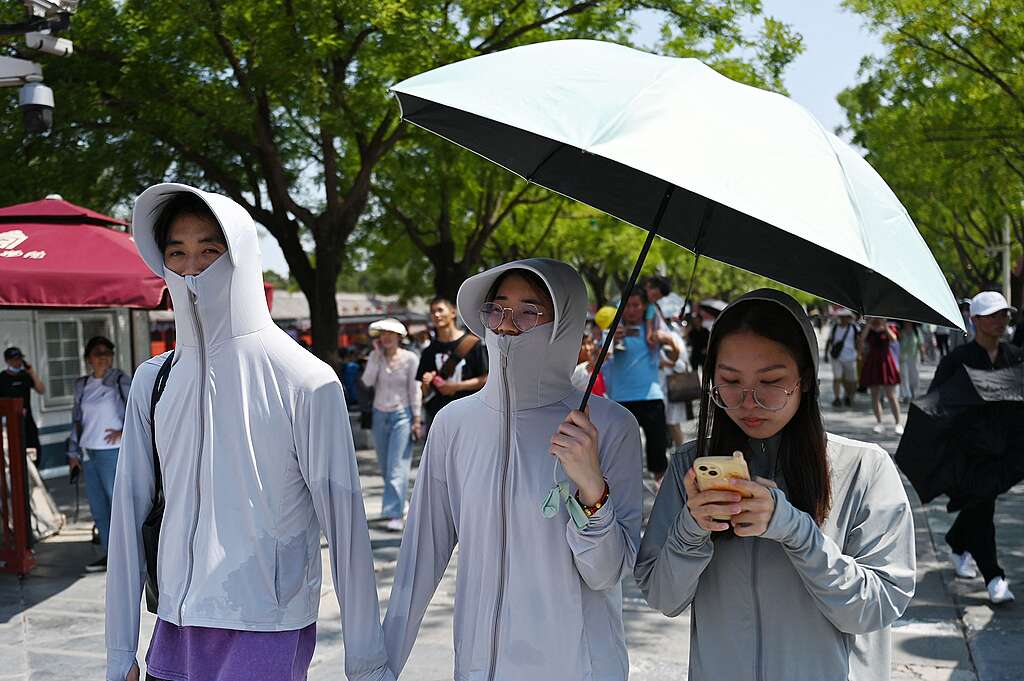
USA floods
Torrential rains and flash flooding devastated the Northeast region of the United States, notably the state of Vermont and the Hudson Valley region in New York state. Vermont Governor Phil Scott called the flooding “historic and catastrophic.”
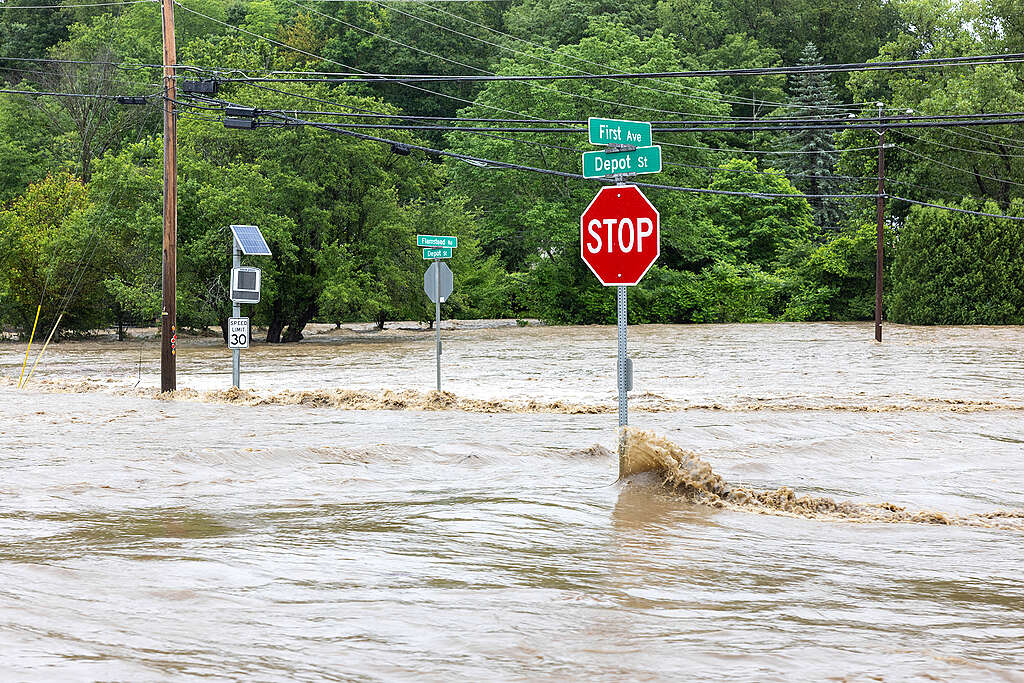
Floods in Japan
Seven people died after southwest Japan’s “heaviest rain ever” triggered floods and landslides. With increased Typhoons and floods in recent years, Japan is facing vulnerability to climate crises.
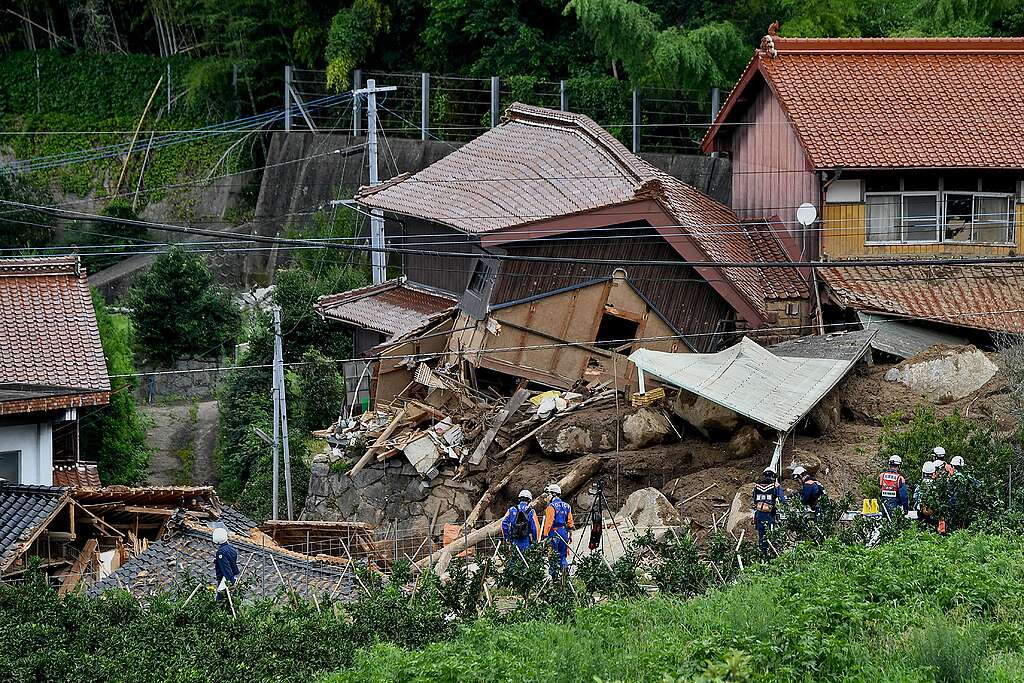
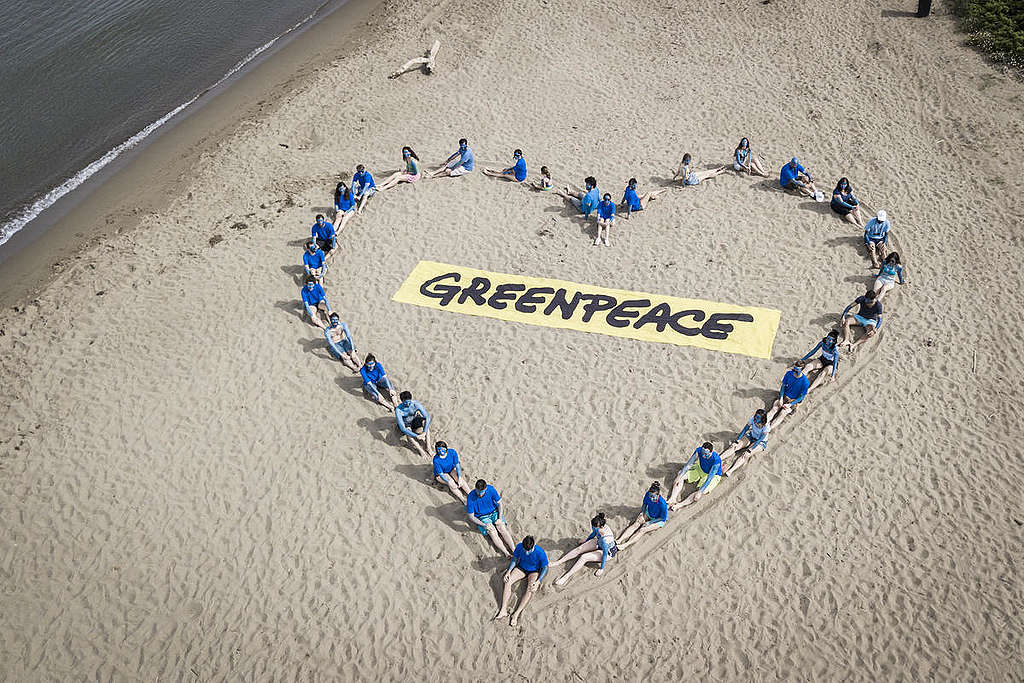
Start volunteering with Greenpeace! Together we spread awareness, bear witness and take action to put an end to the attacks on our planet and its people.
Take action
